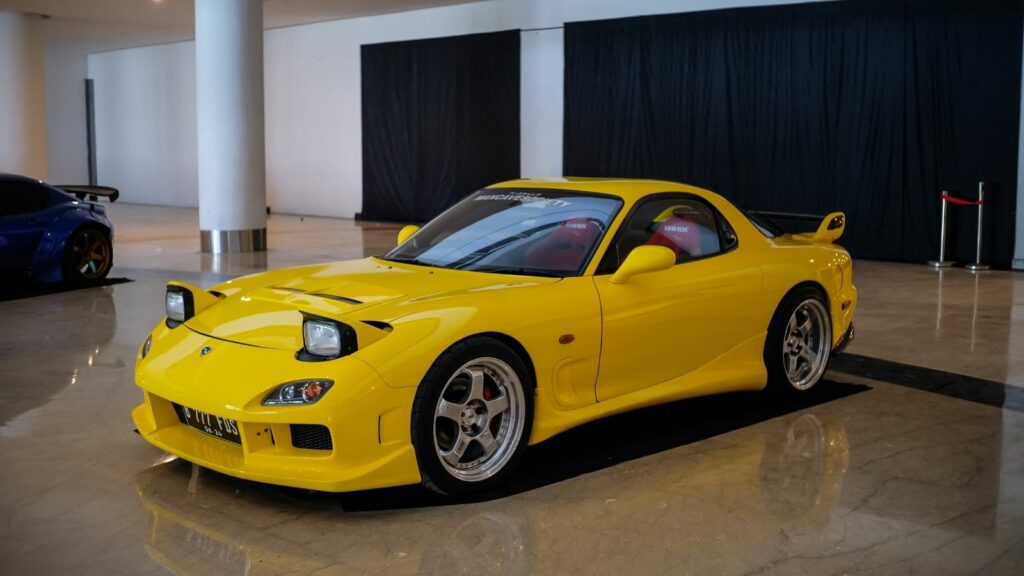Looking back at the 1980s, the nostalgic thoughts of driving our convertibles under the sun on open roads bring a smile to our faces. As we reminisce, we are reminded of convertible cars’ beauty, performance, and thrill. While some are still around, a lot have unfortunately been forgotten. From compact cars to luxury ones, these gems hold a special place in the heart of the automotive industry and enthusiasts. Below are 20 forgotten convertibles of the 1980s
Mazda RX-7
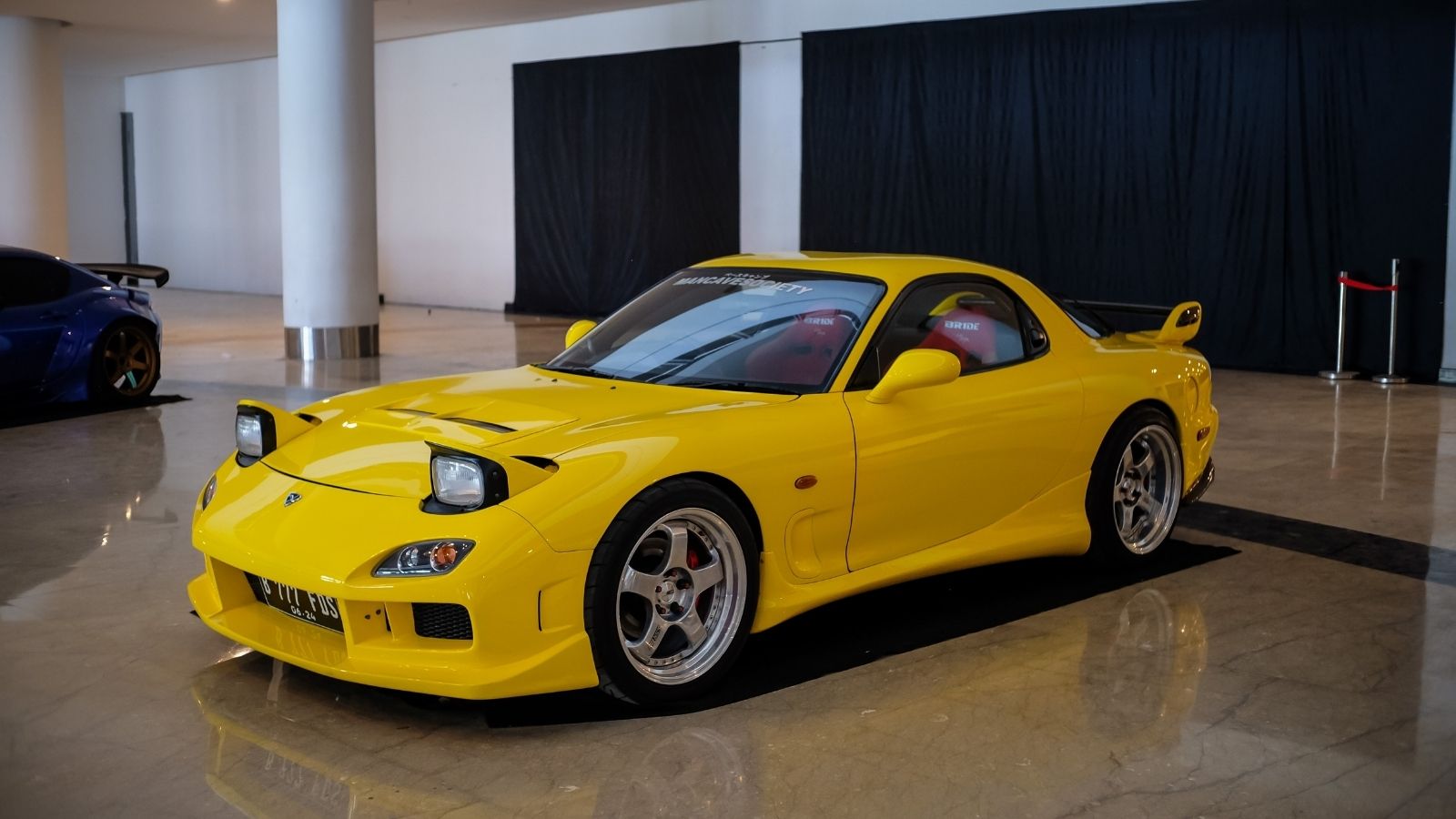
This convertible was produced from 1988 to 1991 and offered a unique blend of power-handling prowess. The vehicle was characterized by its rev-happy rotary engine. It helped the vehicle boast a powerful performance and smoother driving dynamics. Its iconic style, rear-wheel layout, and lightweight design made it a popular option. The folding fabric top offered a joyous experience even in its convertible form. With a range of 250-300 miles on a full tank, the Mazda RX-7 was not mass-produced, making it a collector’s item today.
Saab 900 Turbo
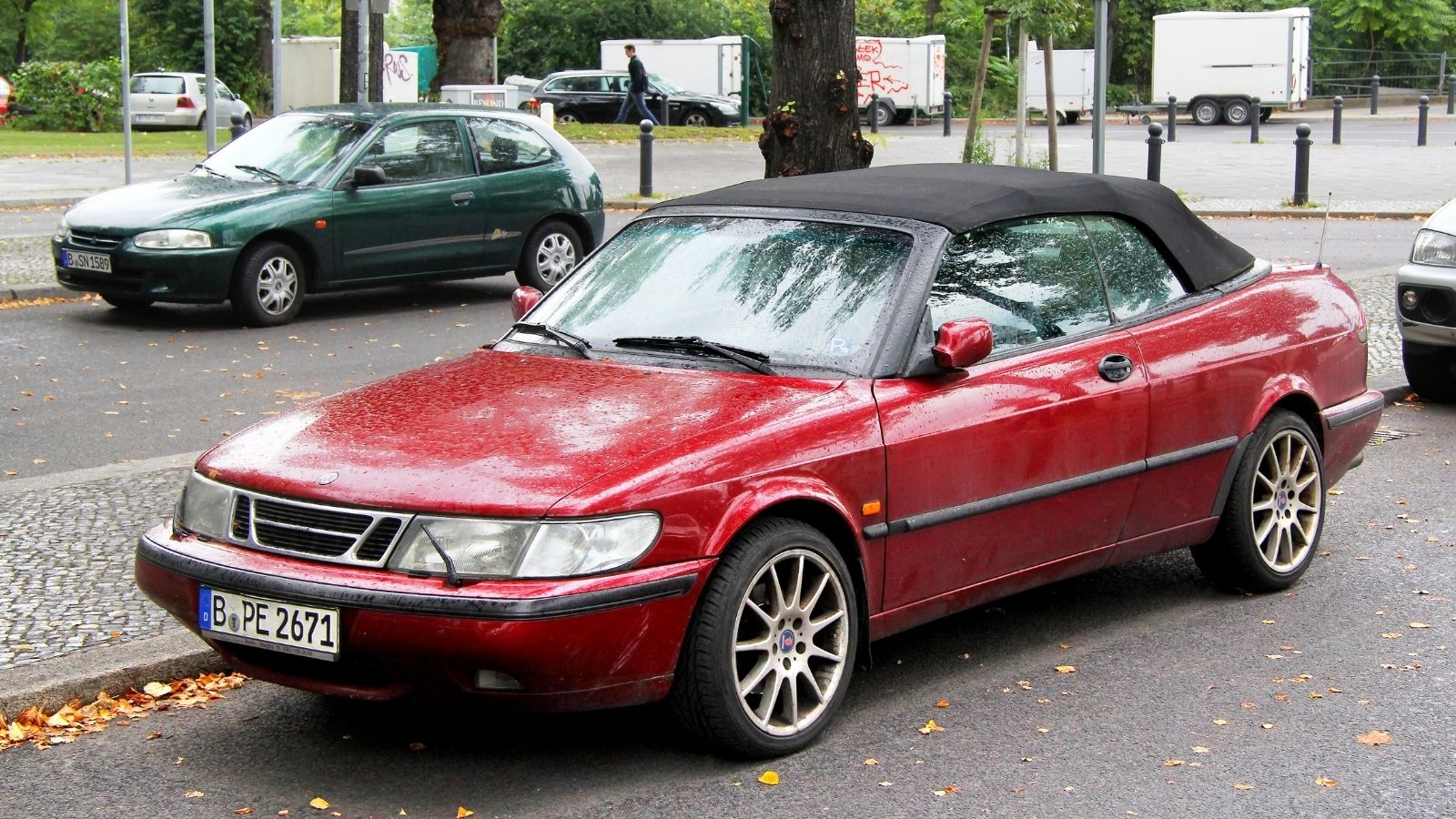
A product of Swedish engineering, the Saab 900 Turbo was produced from 1986-1994. While most convertibles decided to take the stylistic route, Saab prioritized power and performance. The later models offered around 160 horsepower, and the car was equipped with a 2.0 liter turbocharged, four-cylinder engine. The vehicle is famous for its unconventional design, characterized by a distinctive grille, aircraft-inspired dashboard switches, and heated seats. It did not compromise safety and offered a robust chassis, roll hoops, and a folding mechanism for the convertible top, which provided a safe driving experience.
Chrysler LeBaron

The Chrysler LeBaron stood as a symbol of luxury in the 1980s. It was produced between 1982 and 1988 and had a horsepower of 140 in its turbocharged version of the 2.2-litre engine. The vehicle provided a comfortable interior with enough legroom space and pleasant seating for longer travel. Its convertible form came with many configurations; for example, the town and country versions offered a unique choice for those who wanted a wagon-like design with a convertible top. Moreover, features like power windows and swift acceleration gave tough competition to established companies like the Ford Mustang and Chevrolet Camaro.
Fiat Spider 2000
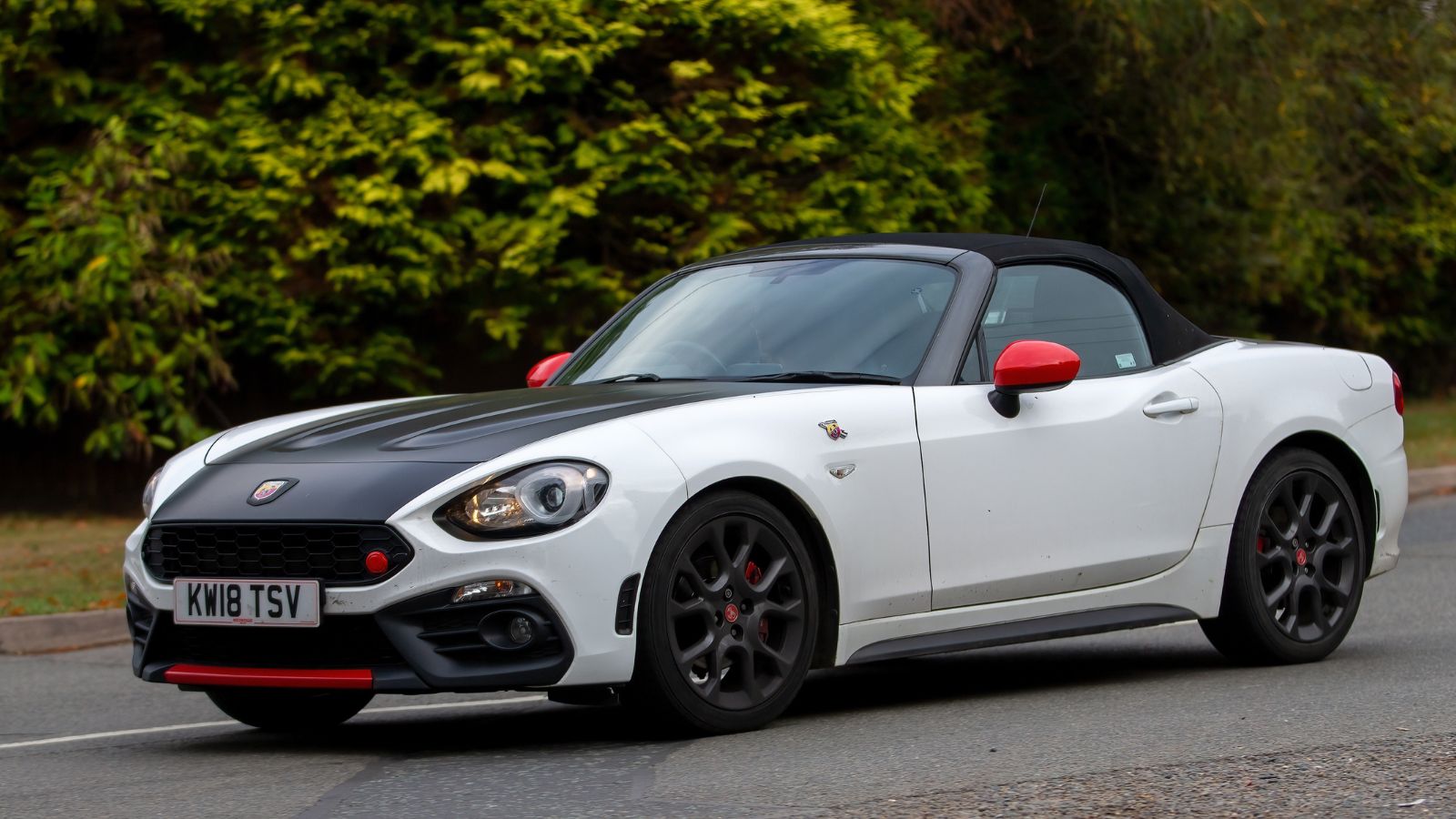
The Fiat Spider 2000 was an Italian convertible from 1980 to 1985. With the essence of a Mediterranean charm, the vehicle was reasonably priced and affordable for people exploring convertibles. Designed by the Italian house of Pininfarina, it caught the attention of many consumers with its curves, sleek design, and elegance. Regarding performance, the Spider 2000 featured a 2.0-litre engine, providing enough power for an enjoyable ride. Its lightweight body and responsive driving due to its steady handling contributed to the vehicle’s spirited performance.
Chevrolet Camaro

Perhaps one of the most popular choices in the 1980s, the Chevrolet Camaro was an exhilarating convertible, unlike the Z28, which was solely offered in its coupe form. Its base engine offered 100 horsepower, but its V8 engine offered 180-210, depending on the configuration, reaching 60 mph in 8 seconds. The classic long hood and short deck seemed more attractive even without a roof, and the folding convertible allowed the vehicle to switch from its sporty coupe.
Pontiac Sunbird
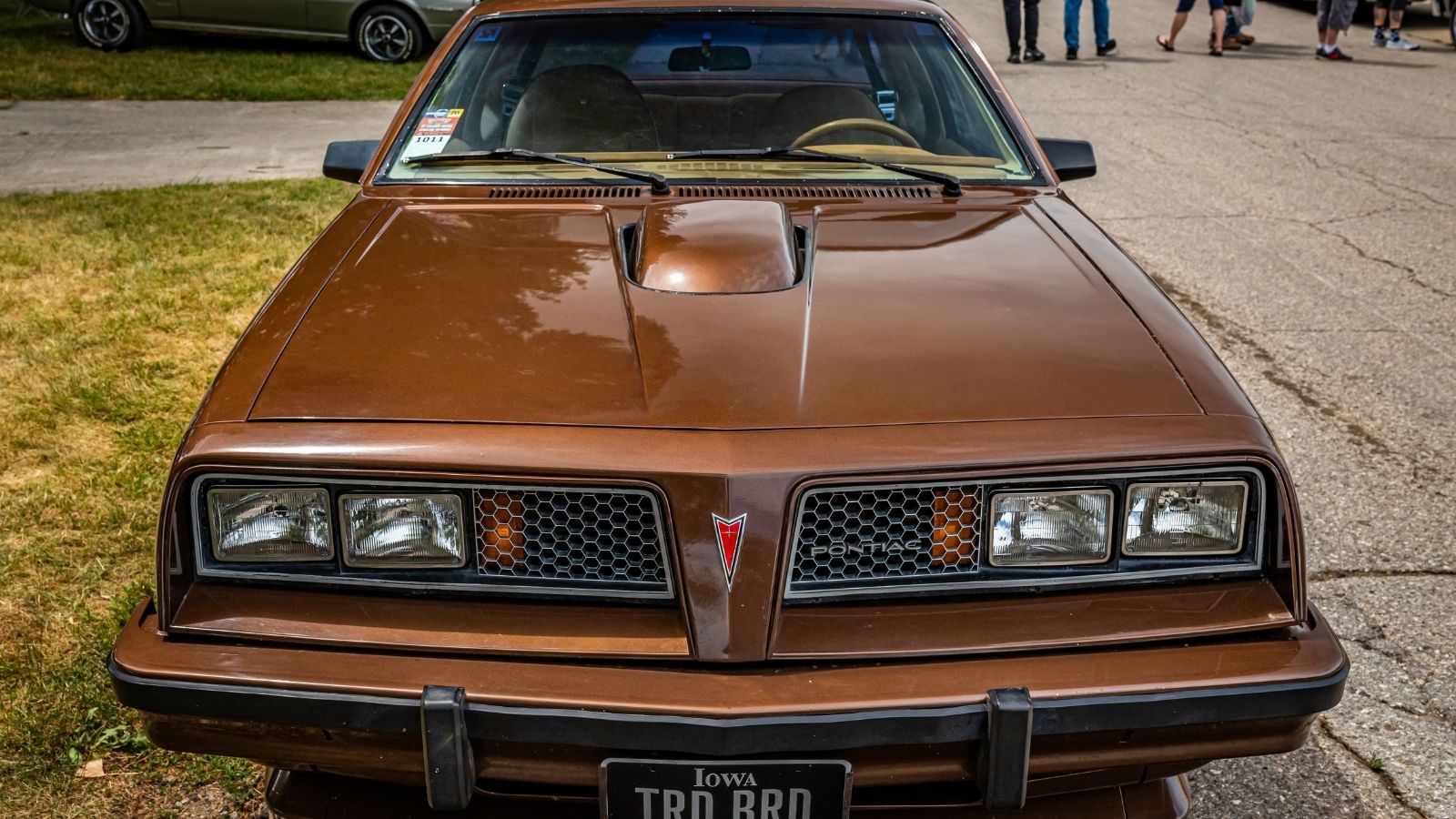
This vehicle has been overshadowed and criticized due to its low performance, but it did offer an enjoyable experience with ample features at its price. It was produced between 1983 and 1994, and for someone who wanted to explore convertibles on a budget, the Sunbird was an excellent option. Passengers had adequate cargo space, making it an attractive choice for families and people on regular trips. Attempts were made to improve its overall performance by incorporating a 3.1 liter V6 engine, which allowed users to capitalize on fuel efficiency.
Toyota Celica

The lifespan of this car was very short, and it was only produced for a year between 1984 and 1985. It represented Japan’s commitment to making better vehicles and exploring more options extending to convertibles in the automotive industry. It offered a moderate 90 horsepower and was equipped with a 2.0-litre four-cylinder engine, which accelerated to 60mph in 8.5-10 seconds. The conversion was not factory-built; it was taken up by the American Sunroof Company (ASC), which ensured minimal flex in the chassis, providing stability.
Renault Alliance
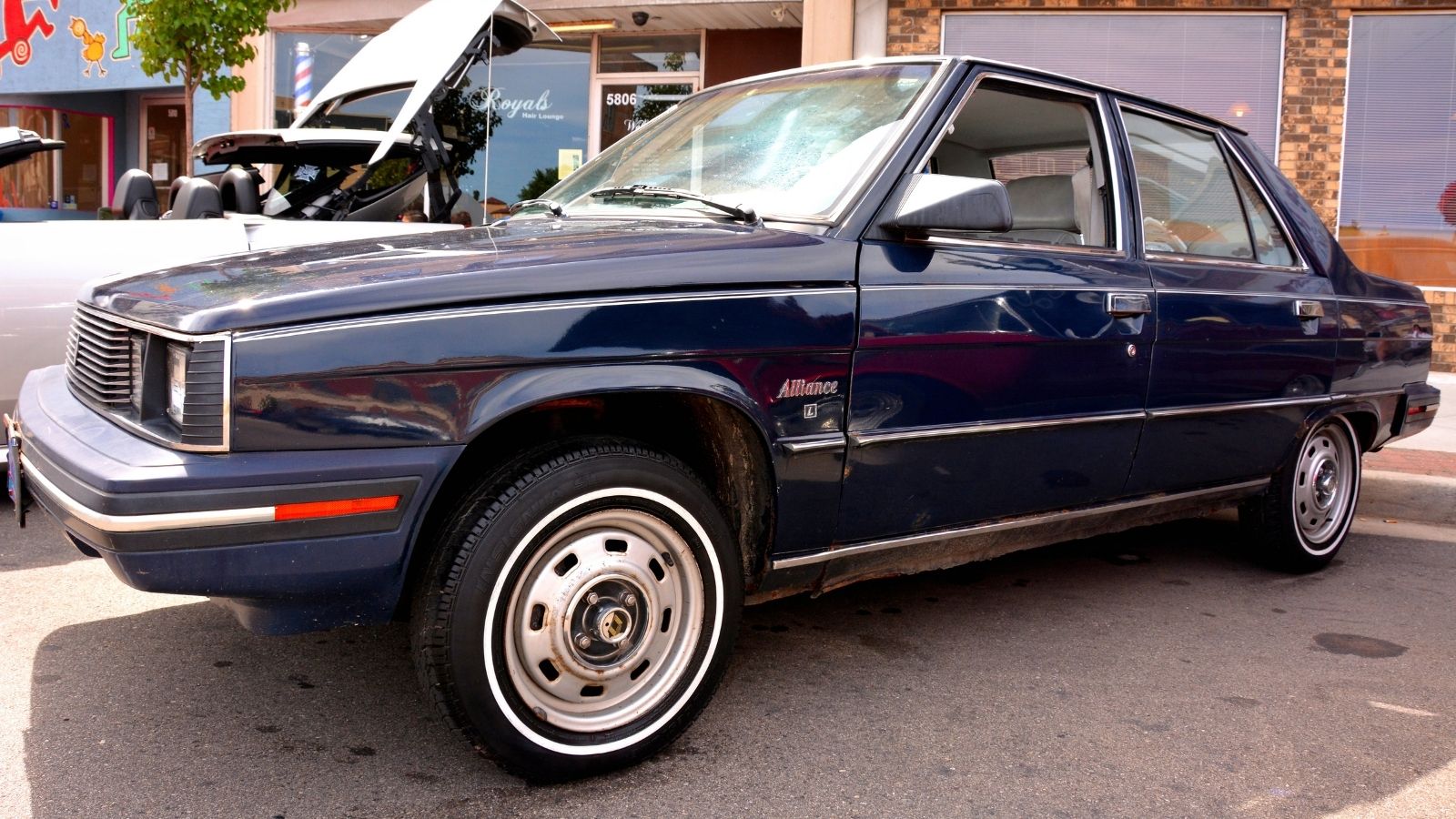
While American convertibles may have primarily dominated the 1980s, Renault Alliance emerged as an unexpected guest offering to showcase a French flair. The compact design and sophisticated structure made it stand out from the larger, boxy American models. This was not a powerhouse but a more comfortable option equipped with a 1.7-litre four-cylinder engine producing around 80 horsepower. It was produced between 1985 and 1987, which paved the way for European luxury cars to try their hand at the booming industry.
Mercedes Benz 380SL
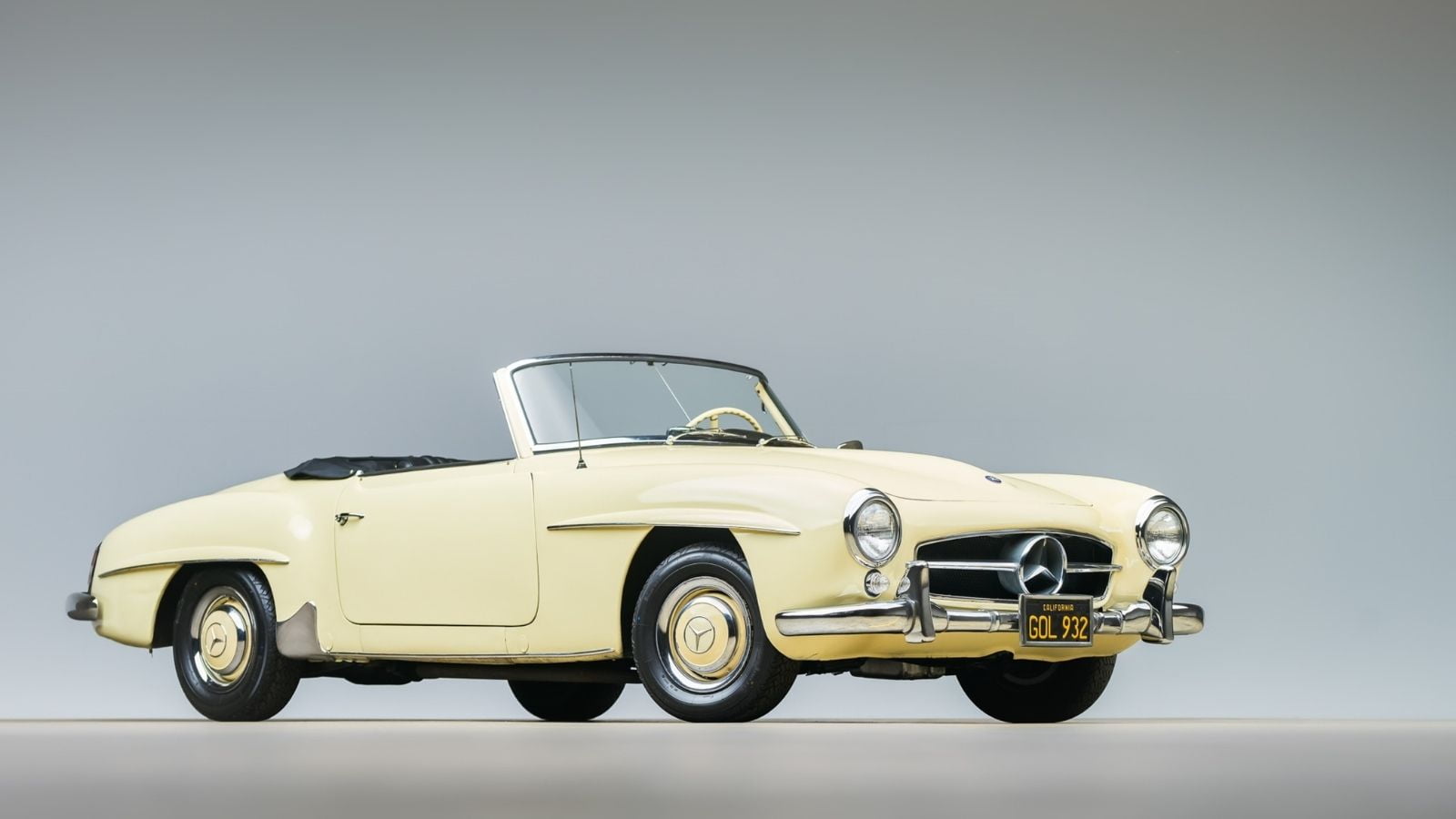
Also known as R107, the Mercedes Benz 380SL is a classic that will surely take us back into the summer of the 1980s, offering an astonishing blend of performance and elegance. Its refinement defined it due to its smooth operation and sharp driving dynamics. It delivered ample acceleration and was equipped with a 3.8 liter V8 engine with 185 -210 horsepower. With its chrome accents, high-quality leather seats, crumple zones, and roll bars for comfort, the 380SL symbolized status, remaining one of the most sought-after classic cars today.
Cadillac Eldorado Biarritz
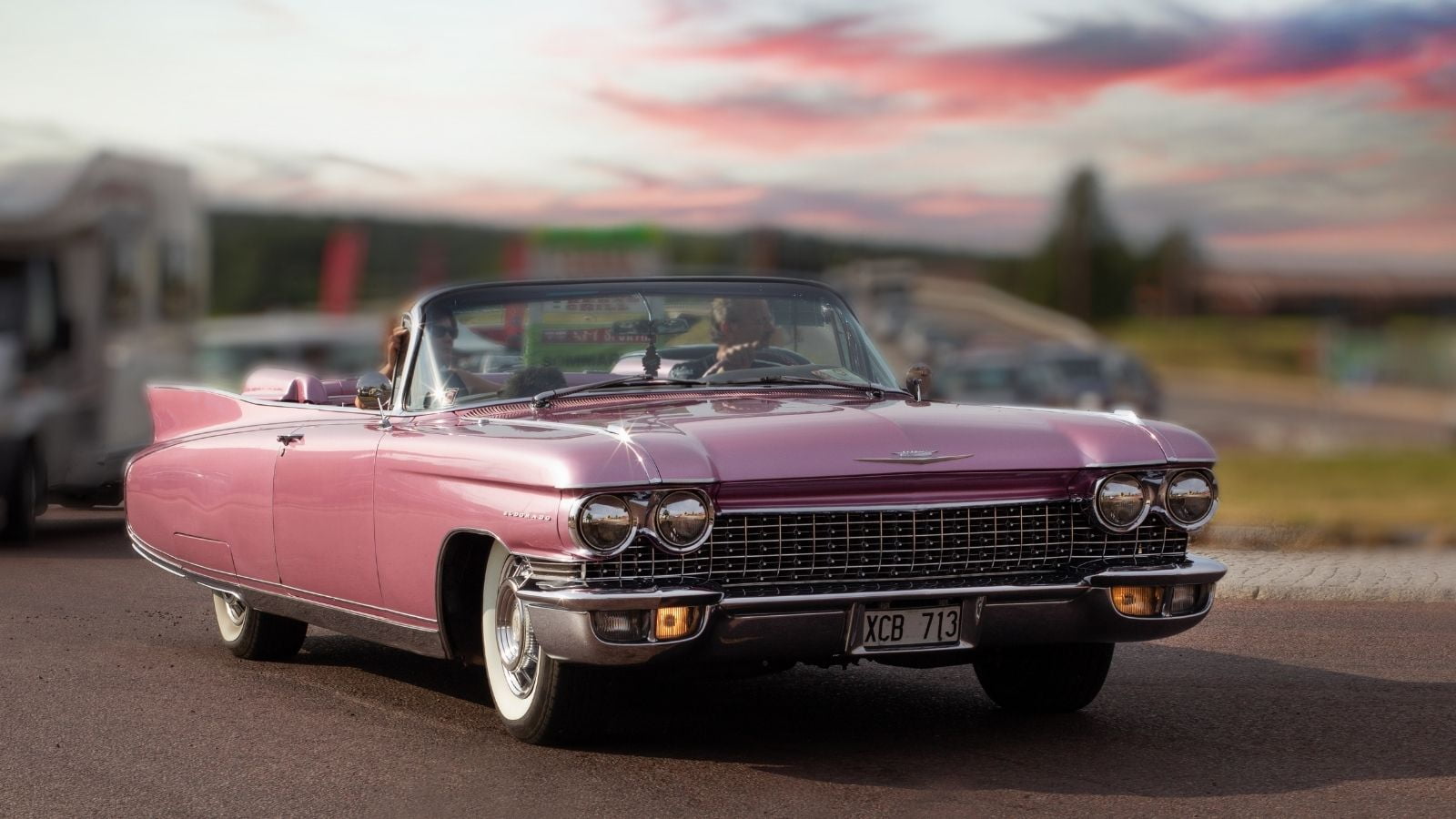
Dating back to the 1950s and continuing its reign to 1985, the Cadillac Eldorado Biarritz was an icon in the American luxury car scene. Apart from its historical significance, anyone who wanted to enjoy open-air luxury would opt for this vehicle. It had a peculiar design but needed to be improved with technological advancements such as automatic transmissions and power windows. It was driven by countless celebrities, high-profile citizens, and even presidents, making the Cadillac Eldorado Biarritz a true beacon of royalty.
Audi 4000CS Quattro

When German engineering meets open-air convertible dynamics, the unique blend results in a refined vehicle such as the Audi 4000CS Quattro. It consisted of an inline-five engine, typically 2.2 liters, offering around 115 horsepower. All-wheel drive, a rarity in vehicles during that time, provided a comfortable driving experience with a sophisticated interior and balanced comfort. The Quattro system, the cornerstone of Audi engineering, offered superior handling capable of functioning in harsh conditions such as snow.
Ford Mustang SVO
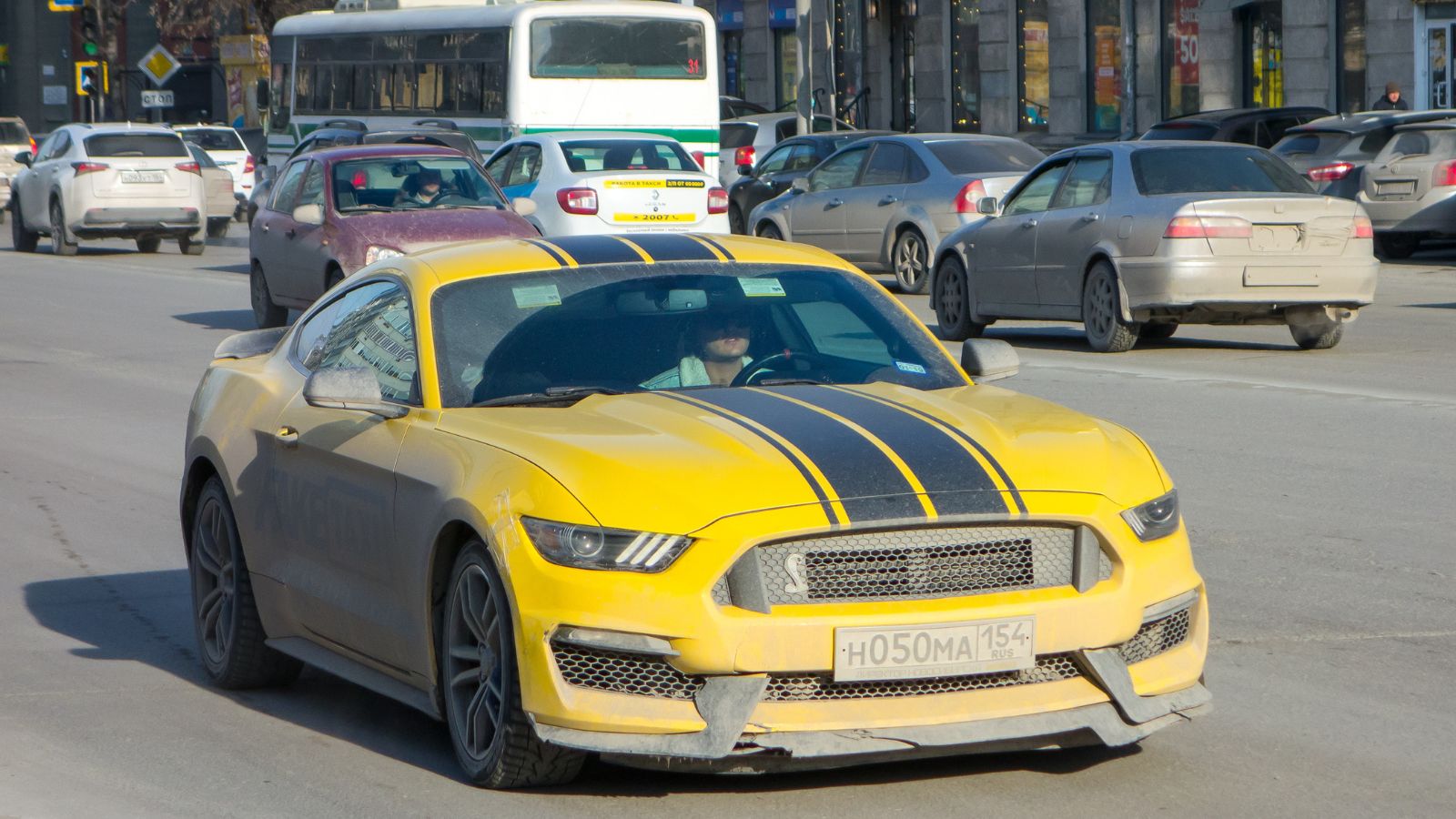
The traditional Mustang was known for its beastly performance and powerful V8 engine, but the SVO took another approach. It consisted of a turbocharged 2.3-litre four-cylinder engine, which was a novelty then. It generated around 175 horsepower and was paired with a five-speed manual transmission, providing a thrilling experience. Even its design stood out from the conventional Mustangs; it featured front and rear spoilers, aerodynamic side skirts, and a sporty SVO badging to increase its appeal. Even though this vehicle was only produced in 1984 and 1985, it remains a magnificent footnote in Mustang history.
Chevrolet Cavalier Z24

Appealing to budget-friendly drivers, this vehicle was accessible to newcomers who wanted a fun option without compromising style or the overall driving experience. Unlike its Z28 counterpart, it wasn’t solely focused on performance; it extended its functionality to everyday use. Despite its compact size, the vehicle boasted a peppy engine offering a 2.4-litre four-cylinder for cruising in convertible mode. The design underwent a few changes during its production run, becoming more rounded with an aerodynamic aesthetic rather than a boxy look.
Dodge 400

The Dodge 400 is often overshadowed by its relatively more popular companions, the Dodge Omni and the Plymouth Horizon. However, this mid-sized vehicle had its charm despite being an experiment for the company. It did deliver on the comfort and affordability aspects but lagged in terms of engine performance, speed, and acceleration. Nonetheless, the fuel-efficient 2.2L inline four-cylinder engine boasted around 88 horsepower, which was sufficient at that time.
Mercury Capri RS Turbo

Standing out from the standard Capri coupes, the Mercury Capri RS Turbo was produced between 1984 and 1986, combining a sporty feel with a touch of luxury. Its turbocharged 2.3L four-cylinder engine offered an impressive 200 horsepower, a significant increase from the other Capri engines. It was paired with a five-speed manual transmission, accelerating to 60 mph in seven seconds. The vehicle did not revolve only around speed but also offered features like sport-tuned suspension, larger brakes, and responsive handling, making this a rare gem for all car enthusiasts.
Porsche 944 S2 Cabriolet

This vehicle stood as the pinnacle of open-air driving from 1989 to 1991. Revamped and upgraded from the previous 944 models, the Porsche 944 S2 Cabriolet featured a 3.0-liter 16-valve four-inline engine. At the time of its production, this was the largest four-cylinder engine with a horsepower of 211. This was a powerful evolution in terms of engine performance and overall acceleration. When it came to comfort, improvements were also made to reduce structural rigidity for a pleasant ride.
BMW 325i

This vehicle has been around for several generations since its origins in 1986. It appeals to consumers in the quest for balanced handling, a powerful engine, and an engaging driving experience. The responsive inline six-cylinder is suitable for a fun cruise and urban commuting. It has a horsepower of around 210 and an acceleration speed of 60 mph in about 7-8 seconds. The versatility of the vehicle tackles rough roads and provides the passengers with leather upholstery and supportive seats.
Buick Riviera
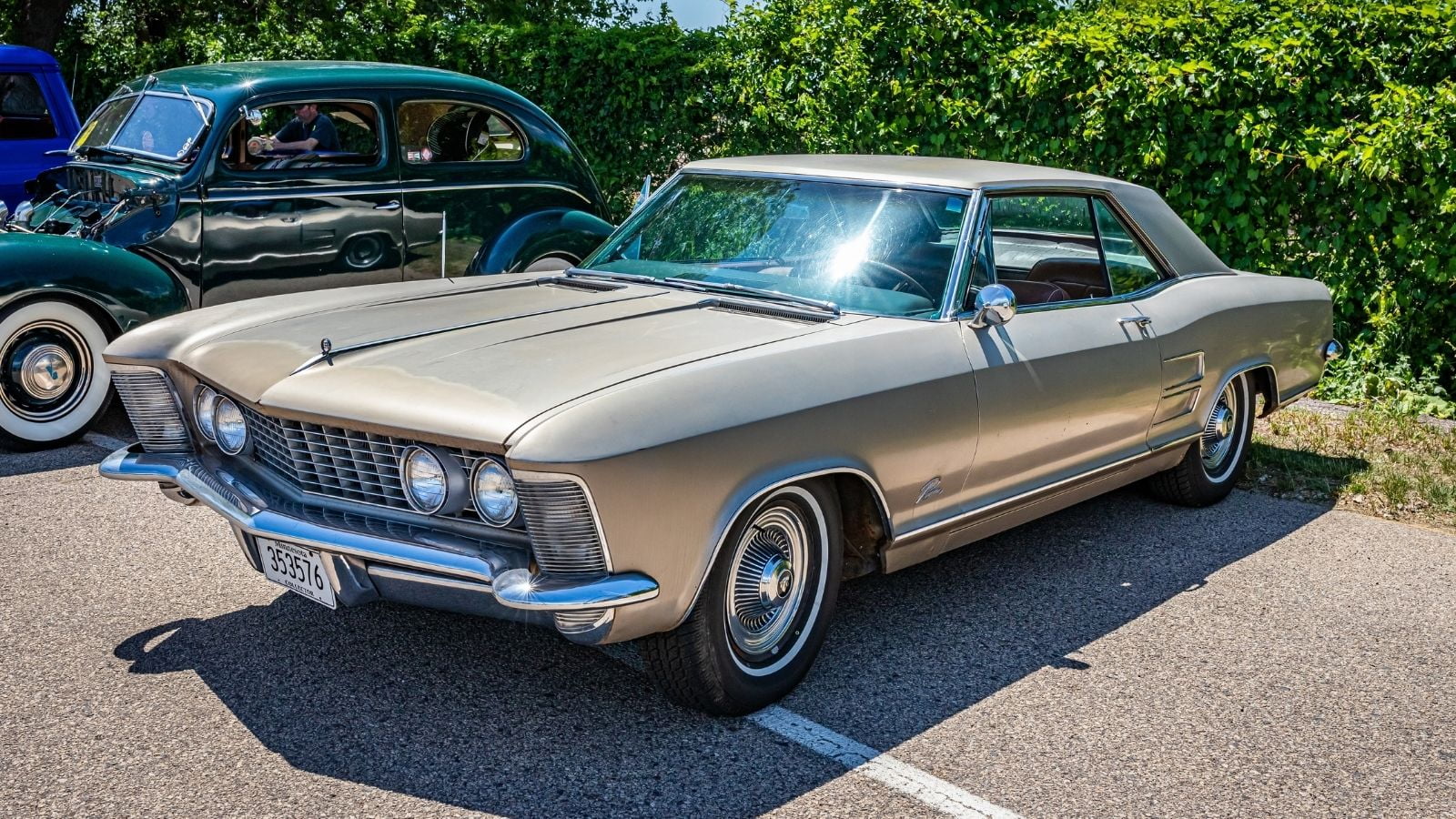
With its grand debut in 1963, the Buick Riviera is credited with introducing the ‘sweepspear’ design element. With a touch of a button, the power-operated top smoothly retracted, which fascinated consumers alongside its strong V8 engine. The vehicle was brought back in 1982 with a smaller V6 engine and a boxy design. It was available for a limited two-year period and was revamped for fuel efficiency. It is now a collector’s item that once dominated the roads with its responsive handling and precise steering, even on rocky terrains.
Oldsmobile Cutlass Supreme

Existing in 1966-1972 and the prime years from 1988-1995, the Oldsmobile Cutlass Supreme emerged as a popular luxury convertible. Its return in 1988 was inspired by the success of their convertibles, which they made for the Indianapolis 500 pace car program. The vehicle was equipped with a V6 engine, focusing on fuel efficiency and performance. The earlier version had a V8 engine, typically reaching 60 mph in 6-8 seconds. The brand shifted its focus to creating sedans and minivans before ceasing to exist.
Volkswagen Rabbit
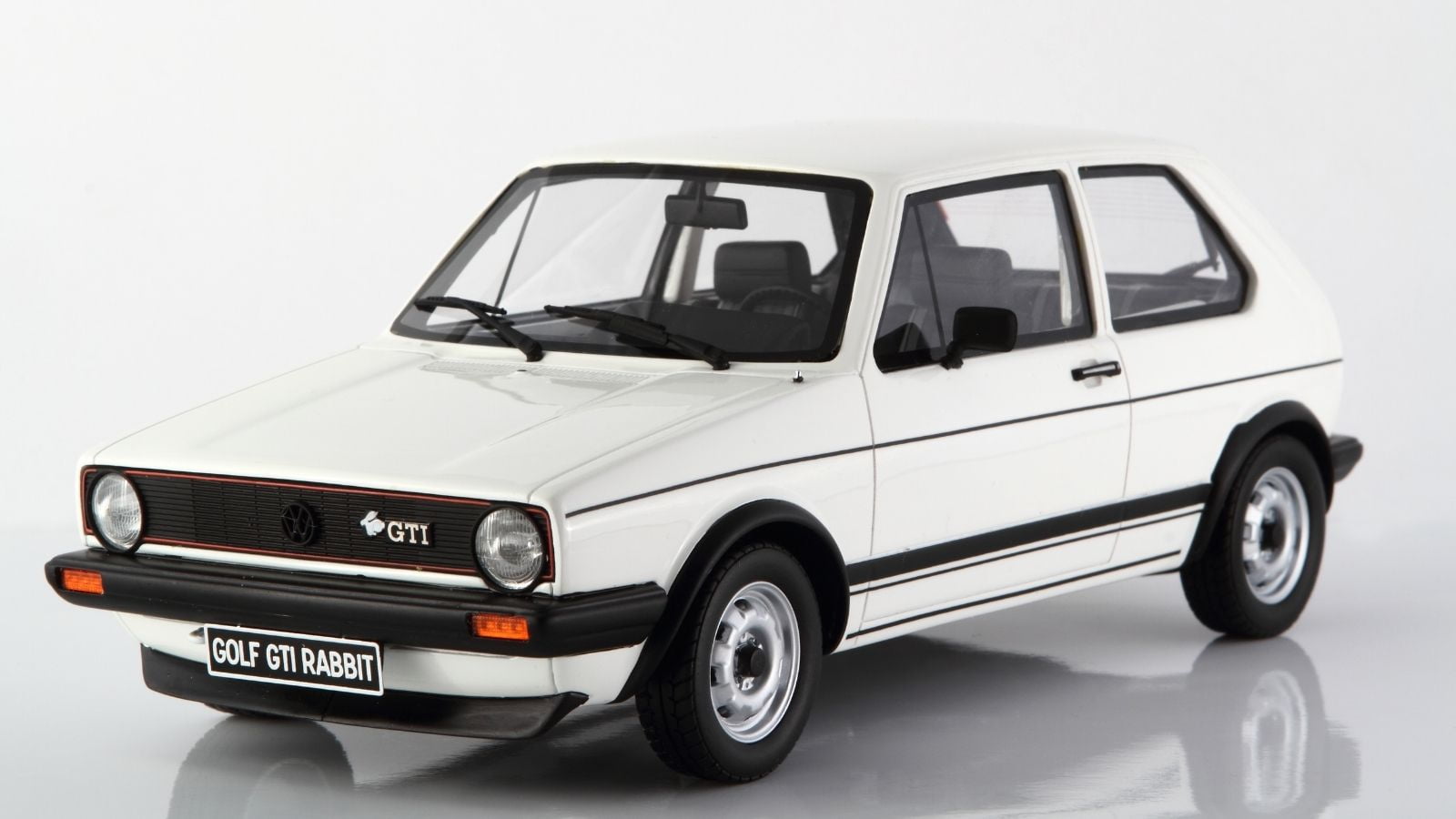
The Volkswagen Rabbit was produced from 1980 to 1993 with the sole purpose of achieving excellence in the realm of convertibles. Compared to the cars that merely replaced the roofs of their coupe blueprint, this vehicle, manufactured by Karmann Coachworks, was specially built. It may not have been powerful, but its 1.6L four-cylinder engine provided a comfortable driving experience.
15 Most Reliable Cars Ever Made — Why They Never Quit
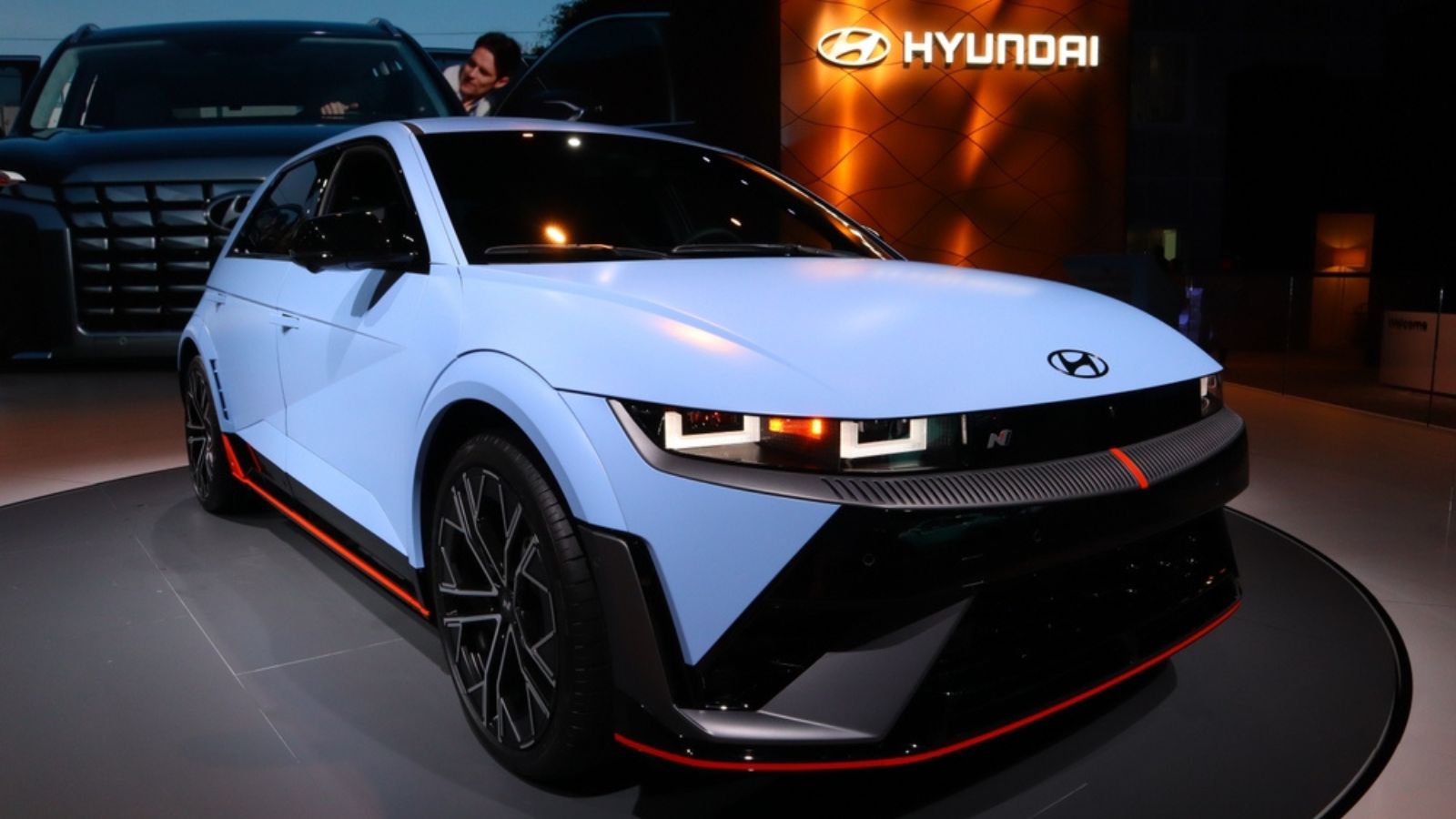
Some claim that the dependability of autos has decreased. Modern cars have a shorter lifespan than some cars manufactured between the 1970s and the 1990s, but some new and used cars today are good enough to last for at least ten years and up to 500,000 miles. When these vehicles break down, most problems are relatively simple, and many don’t have serious difficulties. Here are 15 of the most reliable cars ever made: 15 Most Reliable Cars Ever Made — Why They Never Quit
